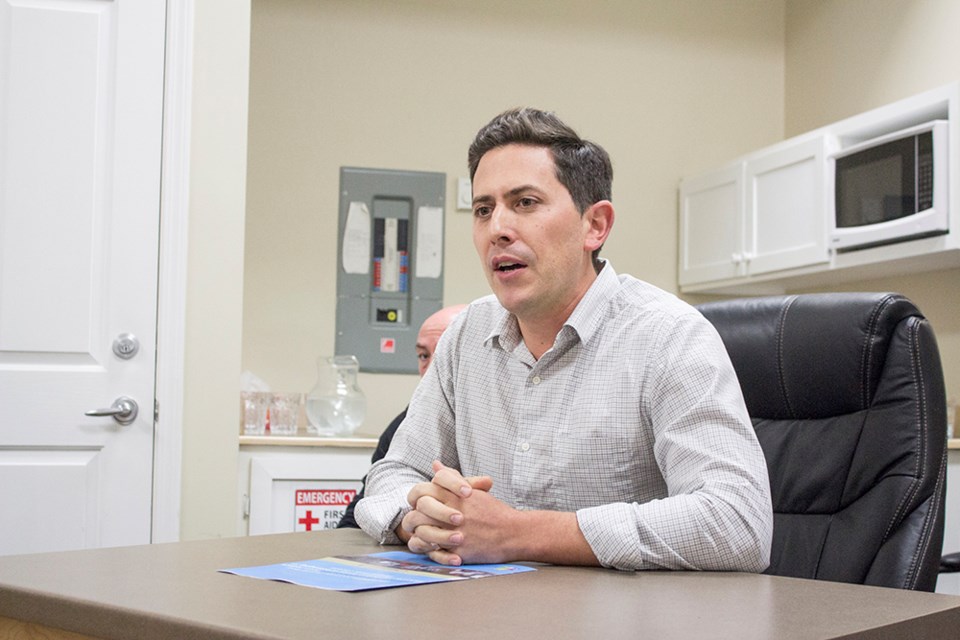qathet Regional District directors were recently apprised of homelessness in the qathet region.
At the November 1 inaugural regional board meeting, Lift Community Services executive director Stuart Clark appeared before the board to outline findings from the April homeless count, which identified 126 people in qathet. This was the first point-in-time homeless survey conducted in the area. Clark said the plan is to continue in future years.
Clark said these counts have been happening in the province for quite some time, which are mostly funded by BC Housing.
“They collect information about who is experiencing homelessness and identifies long-term trends and housing needs,” said Clark. “It gives us a local dataset to help us base our decision making and planning around this population and around housing needs. It’s always considered an undercount, but it is the best we can do in 24 hours.”
Clark said 60 per cent of the homeless were men and 40 per cent were women. A total of 74 per cent were adults, 18 per cent were seniors and nine per cent were youth. He said 18 per cent identified as Indigenous, which compares to six per cent of the qathet region census population.
“That does show, in this community, that there is a disproportionate number of people identifying as Indigenous experiencing homelessness,” said Clark. “Another big number was 60 per cent of Indigenous-identifying respondents reported having lived or having generational experience with residential schools.”
Reasons for housing loss include 41 per cent having not enough income, 20 per cent having substance use issues and 20 per cent having landlord/tenant conflicts, said Clark.
In terms of efforts to assist homelessness, Clark said Lift is exploring opportunities to add shelter spaces to the BC Housing emergency weather response program.
“We remain a willing partner to address service gaps and work on long-term solutions,” he added.
Electoral Area C director and board chair Clay Brander said he believed that although this was the first formal count, that there had been informal counts in the past.
“Did anything from this count surprise you or do you think it’s pretty accurate?” asked Brander.
Clark said the count was within Lift’s range of expectations, believing that the number was between 100 and 150.
“Last year, when we talked about this, we were talking about numbers between 80 and 100, so we were not far off,” added Clark.
Join the Peak's email list for the top headlines right in your inbox Monday to Friday.



